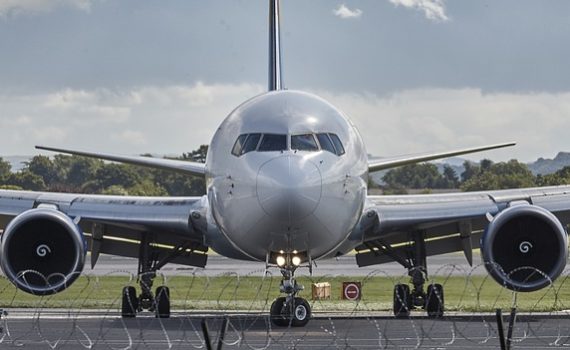MIL-STD-1553 Interfaces Compared to Civilian Counterparts
Category : MIL-STD-1553
Military Standard 1553 (MIL STD 1553) was developed by the U.S. Department of Defense in the 1970s to establish how electronic data is sent through local area networks (LANs) on aircraft and spacecraft. The standard includes all segments of data transmission and reception, including dataformat, protocol, handshaking between components and the hardware characteristics for the buses and interfaces.
Comparing MIL STD 1553 With Civilian Buses
MIL-STD-1553 has already had a long history, and even though newer, civilian standards have run side by side, this military standard is destined to have a long future. By the 1980s, the standard was officially adopted by the European Organization for Nuclear Research (CERN) in Geneva, but today, new interfaces and chips have allowed the standard to be worked into non-military commercial applications with other bus systems, including the following three.
ARINC 429
ARINC 429 is the most popular bus infrastructure for civilian aircraft. It is characterized by a single transmission terminal that communicates with up to 20 reception terminals. Because none of the hardware components have addresses, they all actively listen for traffic, which is then diverted to specific receivers via an identifying tag attached to the signal. Data through ARINC 429 can be sent at either 100 kilobits per second (kbps) or 12 to 14 kbps through a separate bus.
The following differences with MIL-STD-1553 show that while ARINC 429 is popular and functional, it has some limitations:
• Data tags are used rather than terminal addresses.
• ARINC 429 is a permanent-broadcast system.
• It supports the direct coupling of terminals.
• It uses an R2 bipolar signal.
Bitbus
Bitbus is a bus specification originally developed by Intel, but it was quickly handed over to the public domain. In Bitbus, a twisted-pair cable connects up to 28 components, with one being named the master node and the others slaves. The advantage of this system is that different components can be made master for different types of communication. Following are the major differences between Bitbus and MIL-STD-1553:
• The transceiver connects directly to the bus without shielding.
• NRZI signal code is used rather than Manchester bi-phase.
• RS485 transceivers use lower signalling levels.
• The data rate is limited to 375 kbps rather than 1 mbps
The above differences show that MIL-STD-1553 is far superior to Bitbus in nearly every regard, including performance and protection from faults. Another downfall with Bitbus is that it does not provide for slave-to-slave communication.
Ethernet
Ethernet was introduced by Xerox in 1975, and it is, by far, the most common type of communication bus in commercial and consumer applications. While Ethernet is capable of high-speed data transmissions, it has very little in common with MIL-STD-1553. With Ethernet, all connected nodes have equal priority, and it has no built-in system of access control. Access to each particular component is determined by the hardware and software.
Ethernet excels when it comes to the transmission of long-branch code, such as those used in office environments. However, short code transmissions are bogged down by Ethernet’s minimum requirement of 46 bytes of information.
